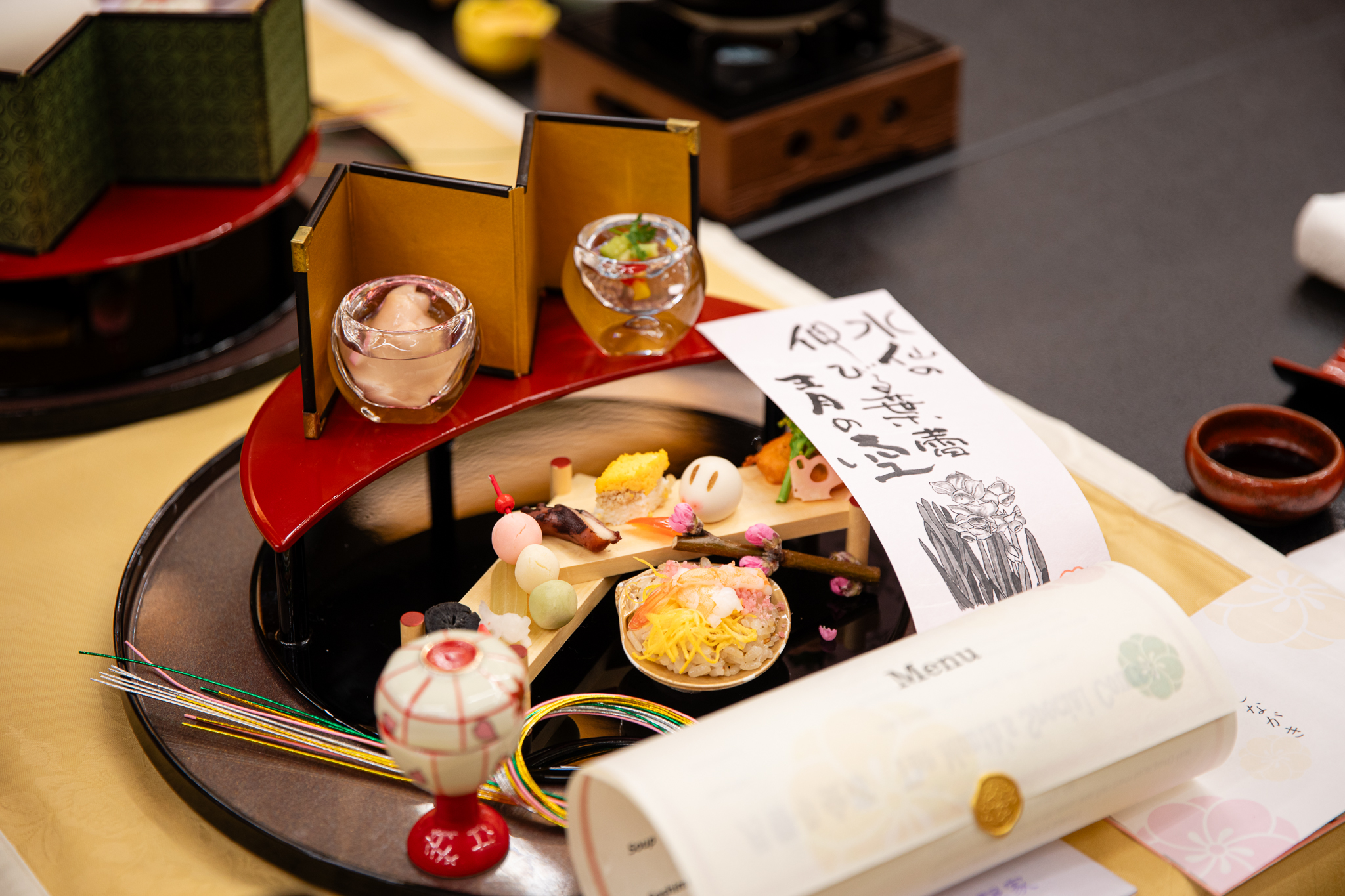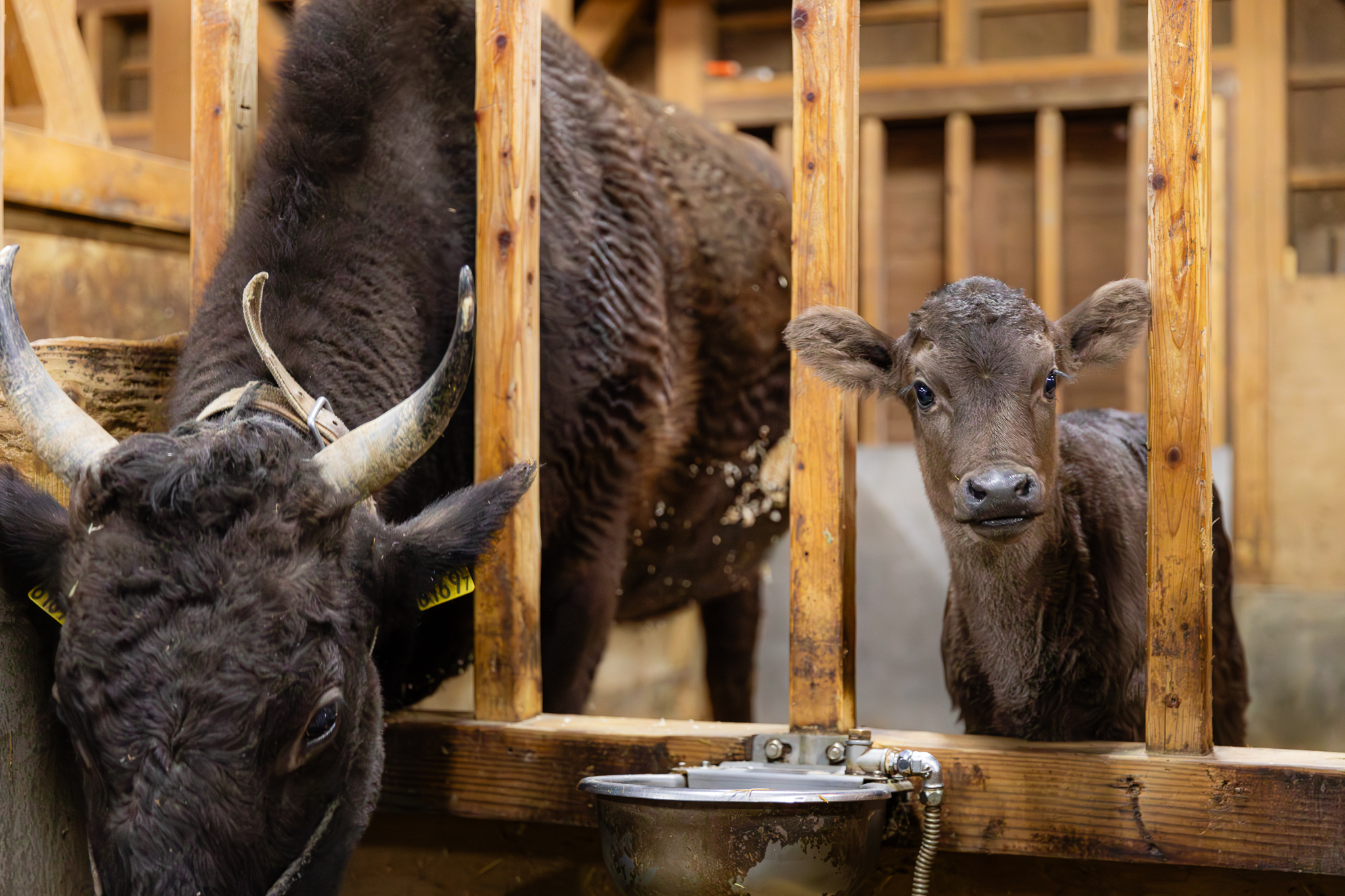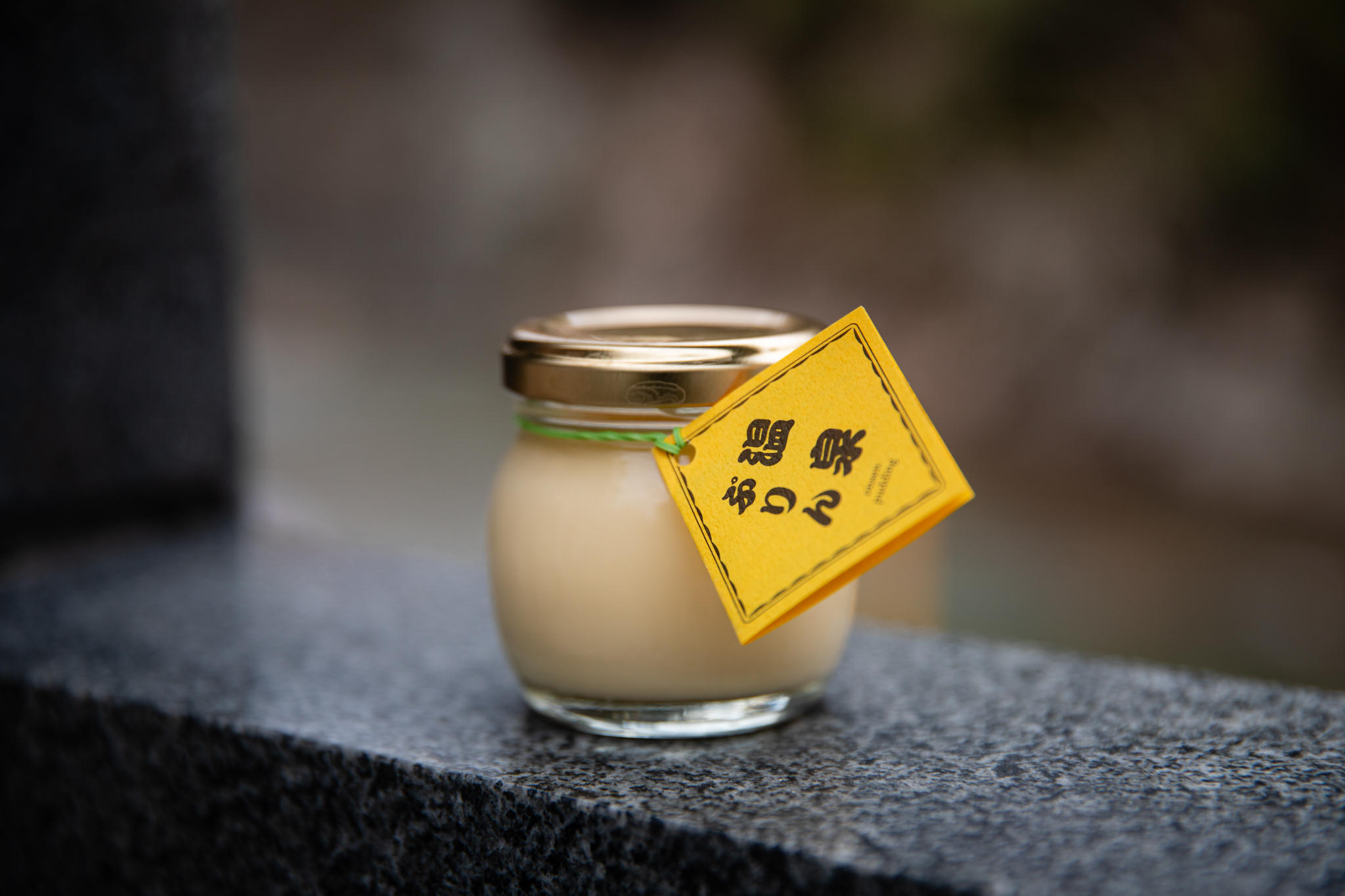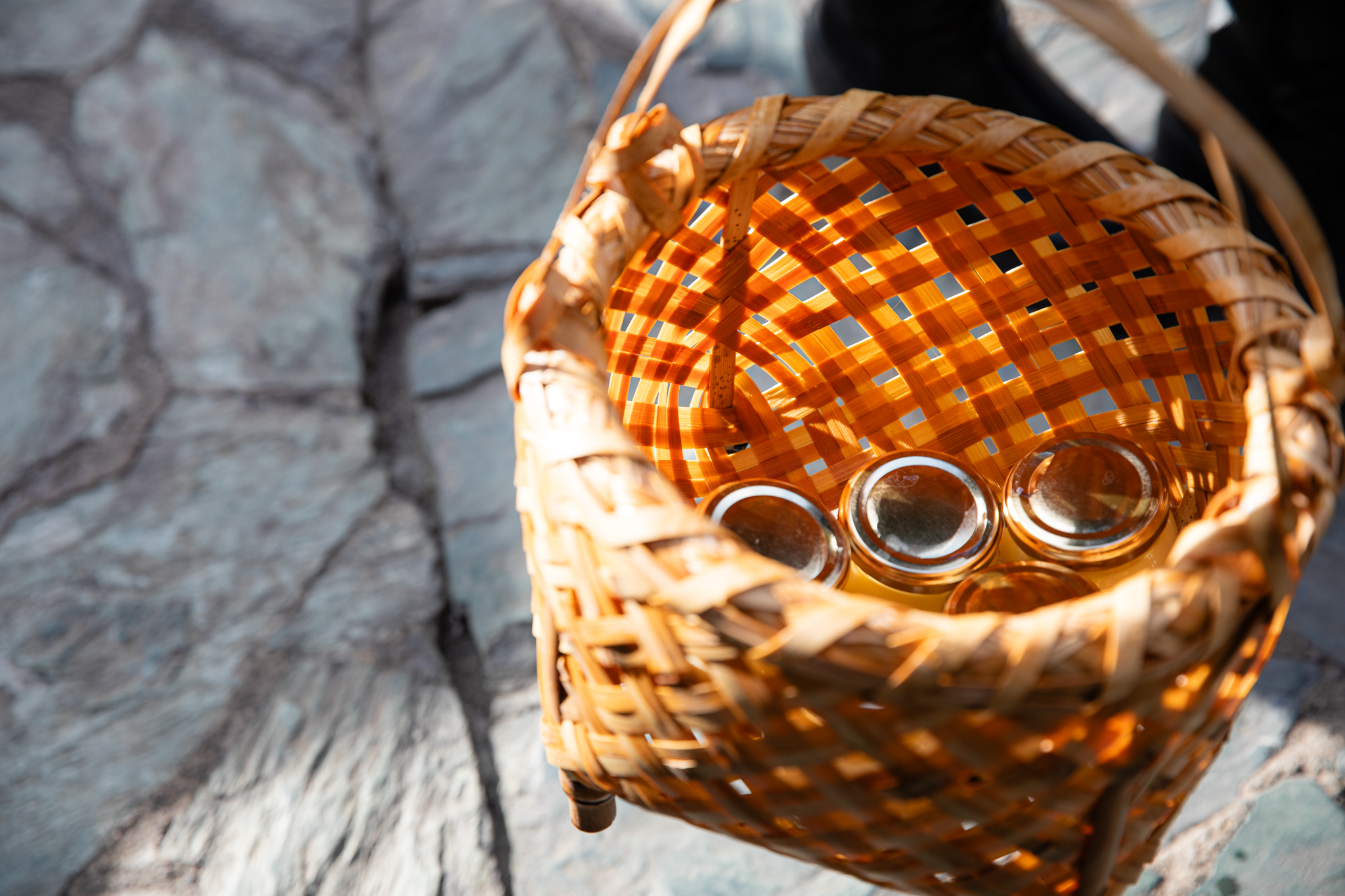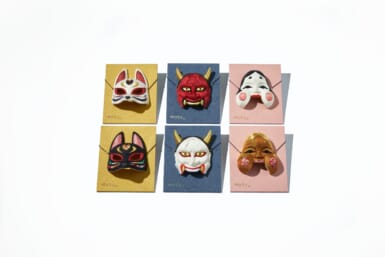Hyogo Prefecture is undoubtedly a foodie’s dream destination. In the culinary world, it’s perhaps best known for being the home of Kobe, famed for its tender, marbled beef. But there’s much more to Hyogo than world-renowned cattle; the area’s dedication to quality food has ensured its dominance in the gourmet space in Japan and the world.
With the region’s impressive culinary heritage comes a deep respect for the land on which it’s farmed. Sustainable practices are a tradition here, and in anticipation of the 2025 World Expo in Osaka, Hyogo Prefecture is also taking steps to showcase its sustainable development goals in action. The whole prefecture will be what is referred to as the “Hyogo Field Pavilion,” inviting visitors to experience firsthand the best and most sustainable of its lands.
If you want to experience the richness of Hyogo’s food culture for yourself, here are some of the can’t-miss spots and local specialties.
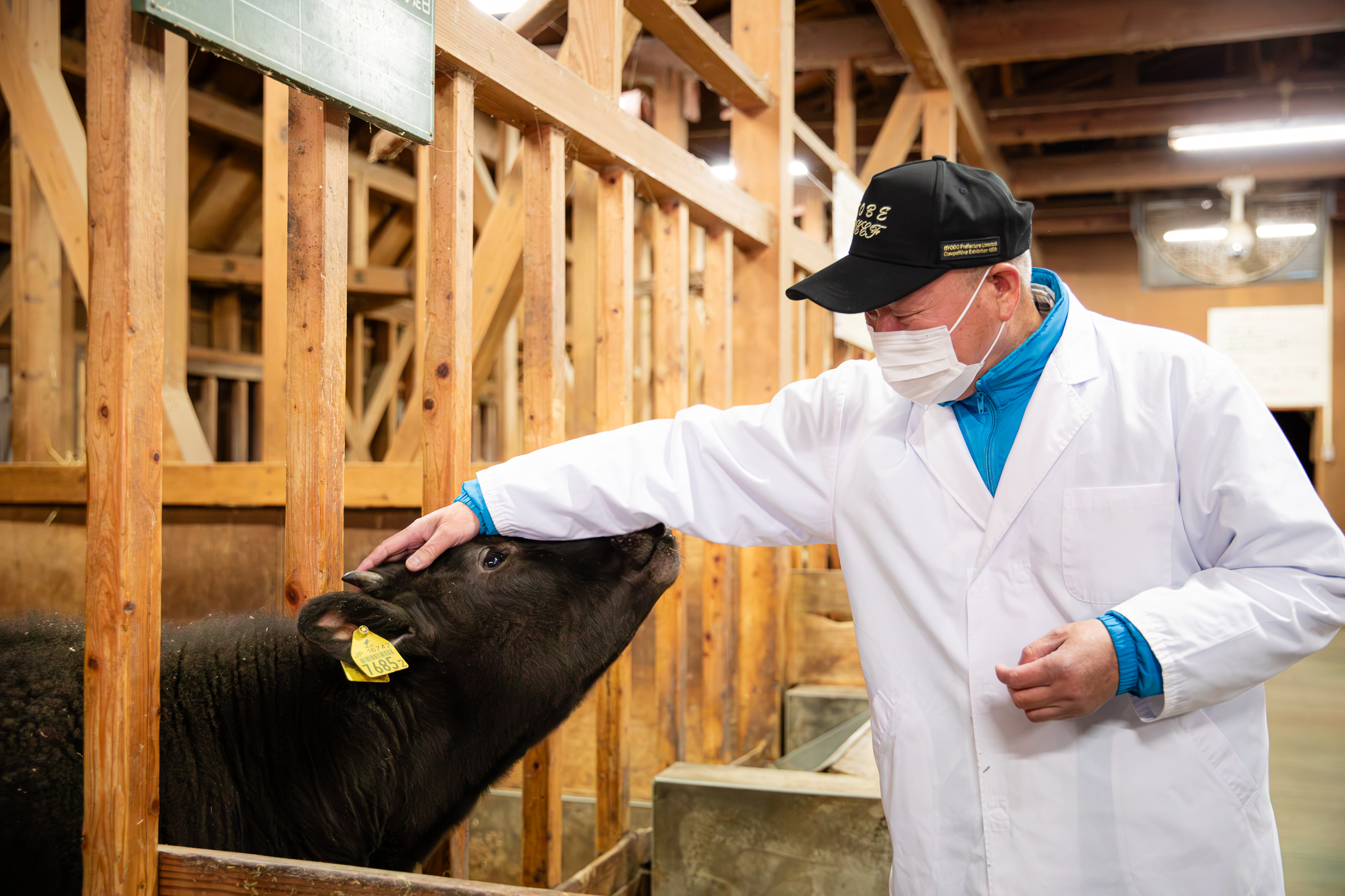
Meet Tajima Cattle
The world-famous Kobe beef gets its name from the port city from which it was shipped to Edo, but there is no such thing as Kobe cows. The prized breed is called Tajima cattle, purebred for centuries in Hyogo Prefecture with a meticulous pedigree going back for generations; today, according to the staff at Tajima Cattle Museum, almost every wagyu beef type in Japan has a genetic connection to Tajima cattle.
Located in Shin-onsen, which is known as the hometown of Tajima cattle, the Tajima Cattle Museum sits alongside Hyogo Prefectural Tajima Ranch Park, where you can learn more about the history of the breed and meet some of the cows, provided you haven’t been abroad in the week prior. You can even book a slot to groom them and touch the extra fluffy hide unique to Tajima cattle. The knowledgeable staff is happy to teach visitors everything: fun facts like the unique nose print of cattle, what really goes on in cow beauty contests (a wide head and inward-pointing horns are sought after), and the rules behind the strict system of wagyu beef ranking. This institution is one of the best places to learn, as it often trains young farmers and new agriculture university graduates.
It’s sometimes said that the cattle that are to become Kobe beef are massaged and listen to classical music. That’s not true, according to the Tajima Cattle Museum. However, they do emphasize that Tajima cattle have always been treated like family members in this area. The cows at Hyogo Prefectural Tajima Ranch Park seem to like enka, traditional folk songs, running back to the stables as soon as they hear it flowing out of the speakers. Their favorite enka singer is Matsumura Kazuko.
To complete the circle of life, if you are so inclined, you can eat some Kobe beef on the museum premises. The restaurant showcases a bronze plate that’s only awarded to restaurants certified to serve Kobe Beef, proudly displayed as a mark of authenticity. A unique serial number, provided alongside the meal, shows you all the history of the animal and by extension the dedication that went into raising it. The facility also has on-site accommodation, petting zoos, ski lifts and other entertainment, perfect for family outings.
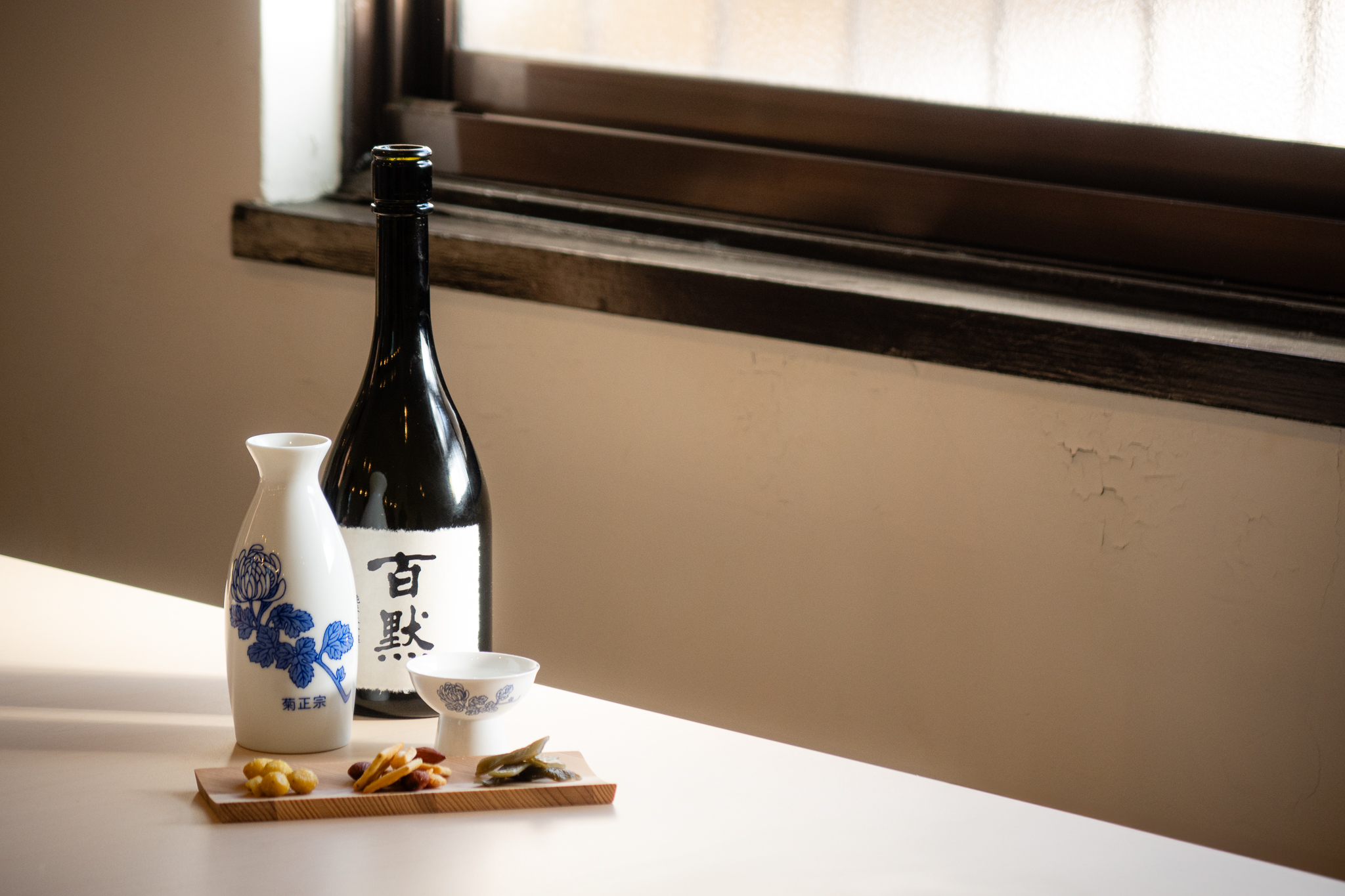
Yamada Nishiki: The King of Sake Rice
The many rice varieties in Japan are generally grouped into rice for food and rice for sake brewing. While the tastiest rice is a title that many try to claim, the best rice for sake has been crowned. It’s Yamada Nishiki from Hyogo Prefecture, created in 1923 by crossing the Yamada Bo and Tankan Wataribune varieties. Yamada Nishiki is preferred by sake brewers for its starchy core and easy solubility.
The latest new rice variety to come from the prefecture is Hyogo Sake 85, developed in 2017 by crossing Yamada Nishiki with Suigen 258. You can learn more about this rice and sake making at Yamada Nishiki House, located in Miki, where you can also buy sake as well as local vegetables.
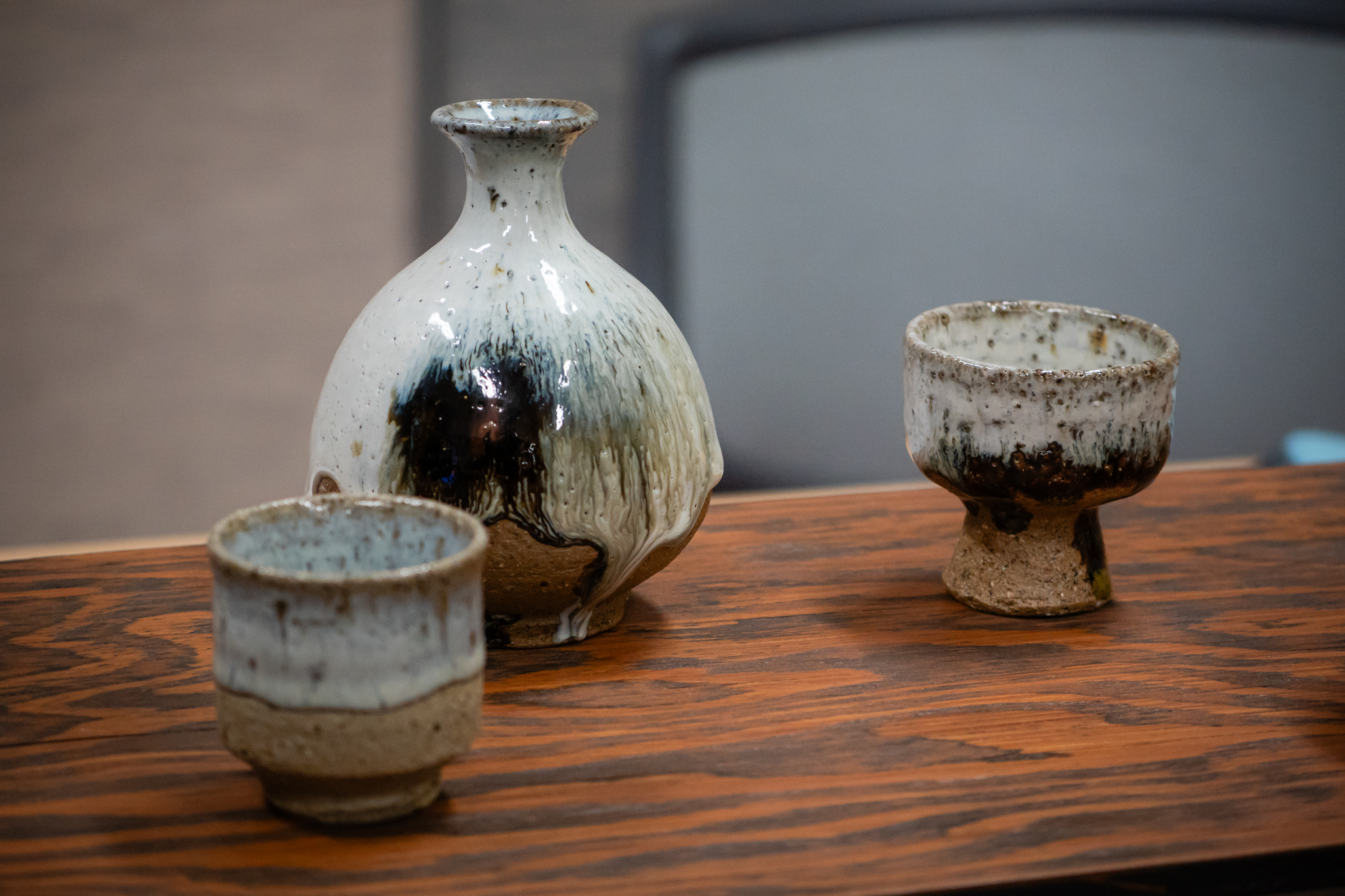
One small ceramics studio in Hyogo is creatively using the famed Yamada Nishiki rice to make sake cups and decanters. Takuta Fujimura of Kato city’s Tojo Akitsu Gama has gone through a painstaking process of mixing the soil from rice fields where Yamada Nishiki is grown with clay to make ceramics. Then he glazes them with a glaze made of ashes from Yamada Nishiki straw collected after harvest. The beautiful pieces are a love letter to the Hyogo land and all it provides.
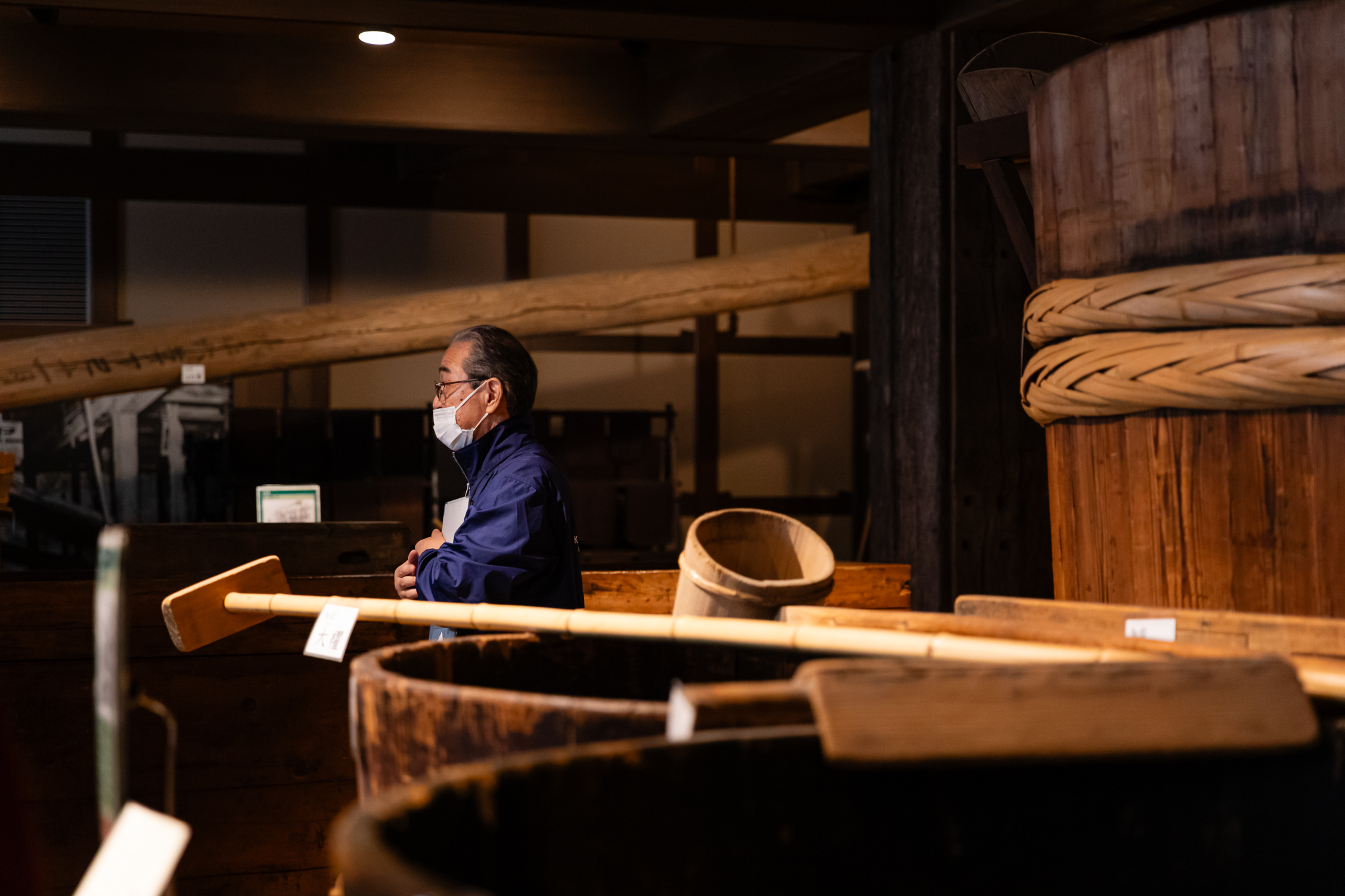
Continuing on a sake journey, visit Kiku-Masamune Sake Brewery Museum in Kobe city. The original building was destroyed in the Great Hanshin Earthquake, but it’s been faithfully rebuilt in the same style. The legacy brewery, founded in 1659, is equally dedicated to honoring and preserving the past and to innovating. Kiku-Masamune offers tours showing the old, more labor-intensive sake brewing methods, contrasting with information on how it’s done today. They produce a variety of sake, with their signature sake still using the old fermentation technique named “kimotozukuri.” Hand-mixed and naturally fermented for a longer period, it has a distinctive, dry-yet-rich taste.
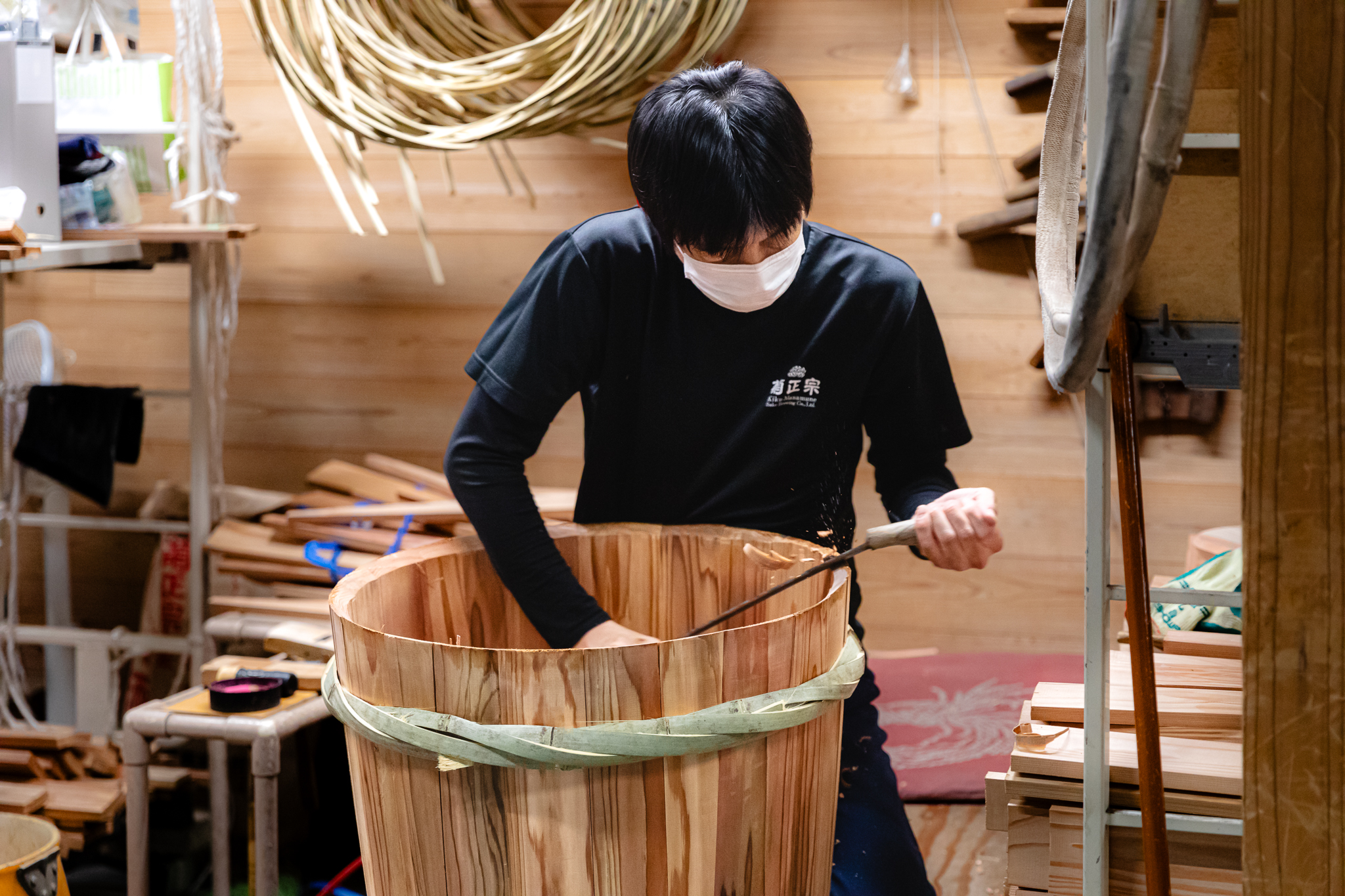
The other signature drink of Kiku-Masamune is their taruzake (cedar barrel–aged sake) which takes on just enough of the refreshing woody fragrance from its container. The brewery only uses traditional barrels made from 100-year-old or more Nara cedar wood, encircled by bamboo rings and put together without nails or glue. This impressive craft, like many traditional crafts, is on the decline, so in 2019, the brewery took in artisans as staff to make the traditional cedar barrels in-house. After the fermentation is complete, the barrels are repurposed into useful objects like planters and furniture.
You can take a peek in the barrel workshop by making a reservation. The best way to end your visit is with a tasting set of sake or by browsing the on-site shop.
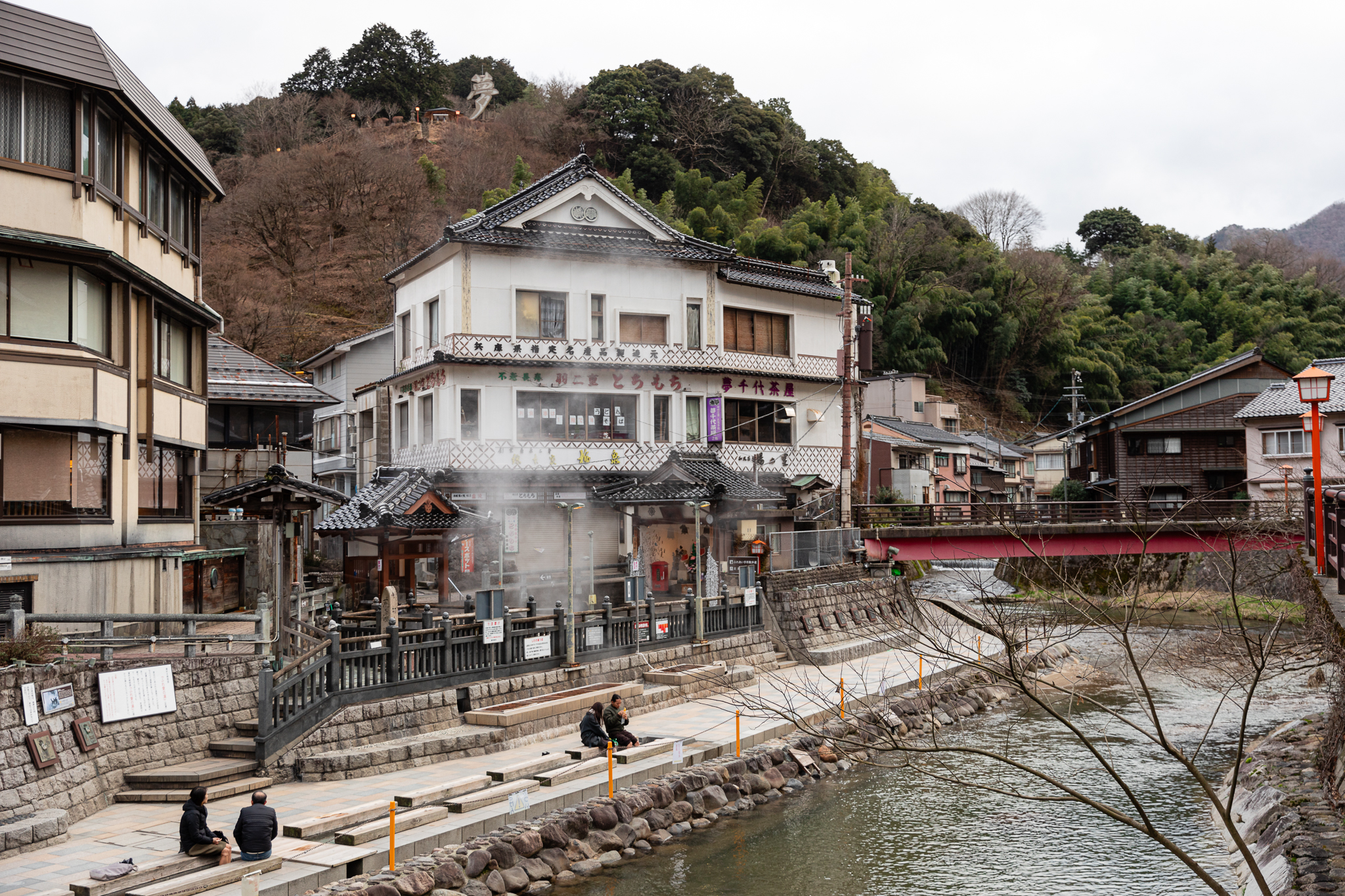
Bubbly and Warm Yumura Onsen Town
Blessed with gushing natural hot springs of almost boiling water at 98 degrees Celsius, Yumura Onsen is an example of an “everyday onsen town,” in contrast to a tourist onsen town. At Yumura Onsen, most households have hot spring water coming out of their taps. The water is clear and odorless, making it suitable for every domestic need. Visitors are welcome to dip their feet in the ashiyu foot bath on the river bank, cook eggs and puddings in the central hot springs area and of course stay the night at the local ryokan.
Asanoya is a splendid ryokan owned by couple Yasumasa and Mari Asano, who love the town dearly. They both have guiding licenses and show visitors around. Yasumasa has come up with an open-ended treasure hunt for guests and residents: to find as many naturally formed hearts as possible around town, making you look at every stone and path carefully. The joyful couple applies this sense of wonder to the whole ryokan, happily chatting and introducing the history of the building. They change the tableware every year and have renovated several rooms, always wanting to bring something new to classic hospitality.
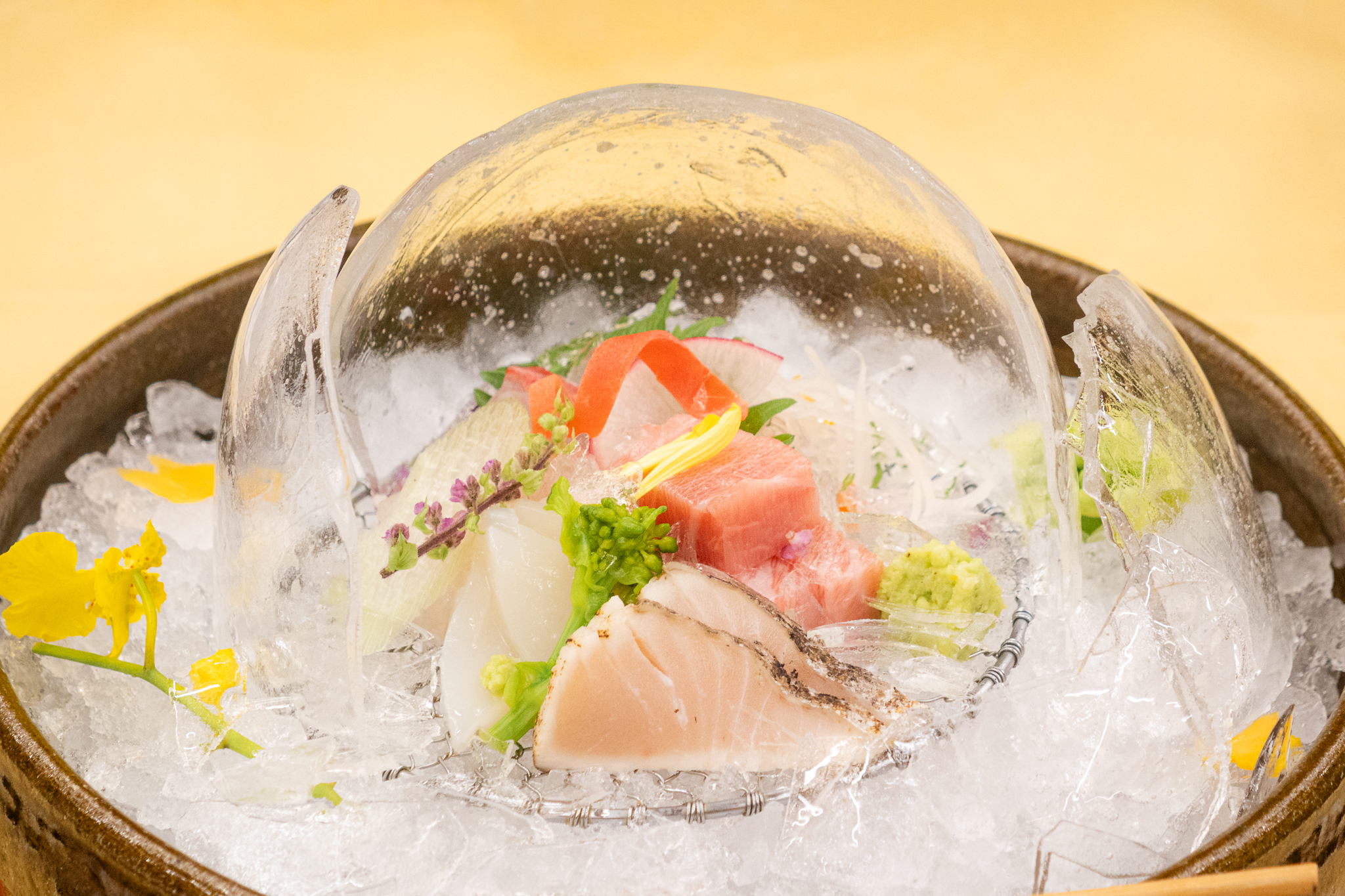
The head chef at Asanoya designs a new menu every month and composes a few corresponding haiku inspired by the season, which Yasumasa writes out with a calligraphy brush. These little artworks accompany everyone’s dinner and become a unique souvenir to take home. The food is delectable, whimsical and above all plentiful. One of the signature dishes is fresh sashimi hidden under an ice dome, served alongside an array of dishes that highlight what’s best in the season. Asanoya is happy to adjust the food to dietary needs, so that everyone can enjoy it.
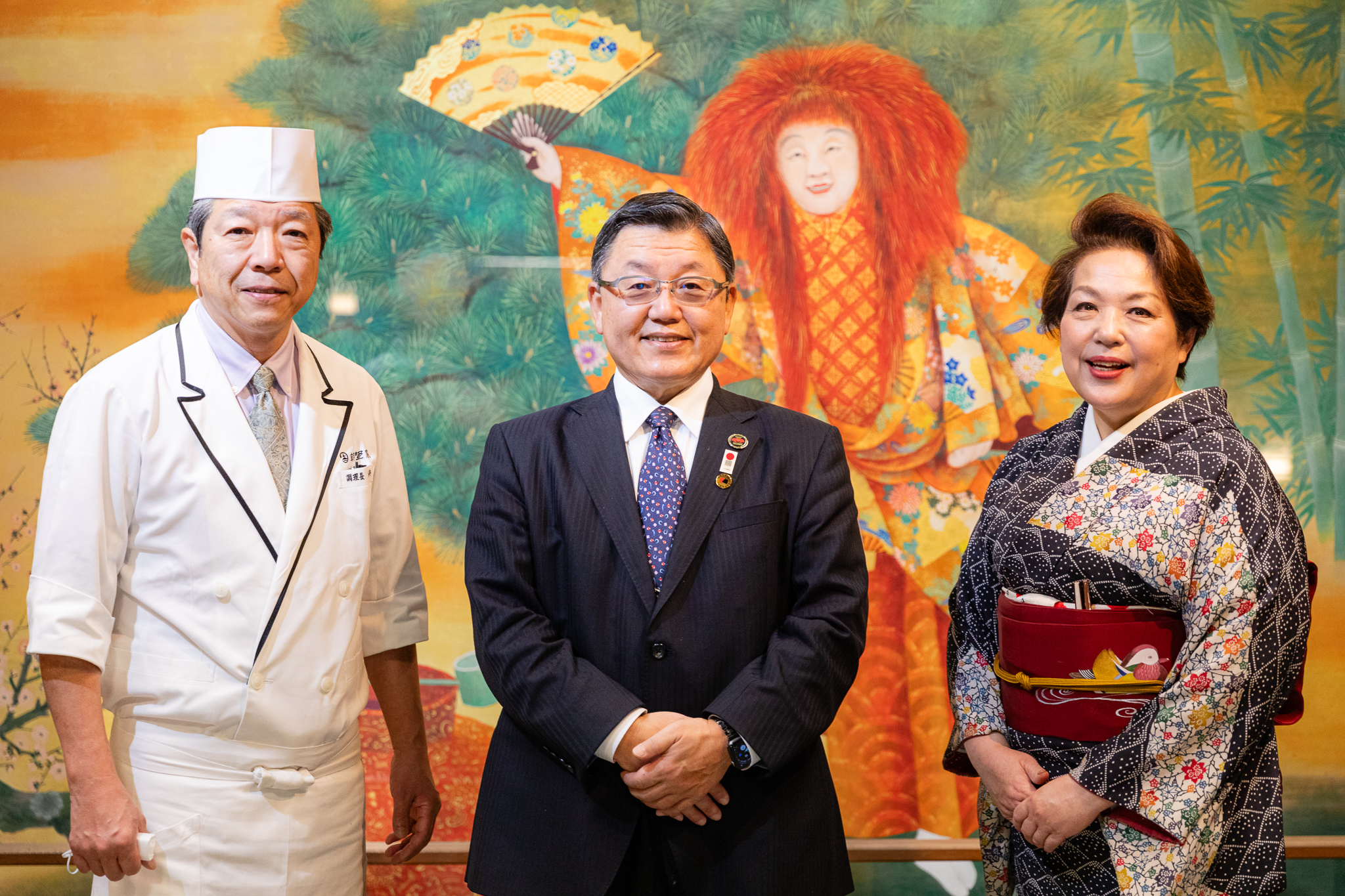
To learn more about Hyogo Prefecture’s offerings and explore sustainable tourism options, follow the official Instagram account of the Hyogo Field Pavilion, or visit the Hyogo Field Pavilion website.

